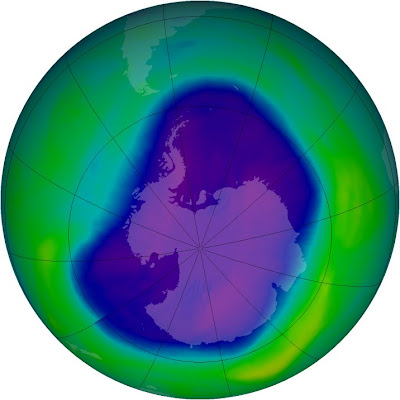
Global warming, refers to an average increase in the earth's temperature, which in turn causes changes in the climate of the environment. During the past 4.65 billions years of its history, earth has shown a continuous increase in its temperature. The average temperature of earth is about 59 degree F(15 degree C).By the year 2100, it is believed that the rise would be between 2.5 and 10.4 degree F. This increase may cause many changes in the earth's environment.
The trapping of solar energy by certaingases which lead to increase in earth's temperature is called "grenhouse effect"leading to global warming.
Normally all the living organisms depend on this green house effect. Otherwise the earth would become cooled down, and ice would cover from pole to pole. This does not happen because the earth is kept warm by these green house effect,caused by burning of fuels, and deforestation may cause harmful increase in earth's temperature.
Greenhouse gases are carbondioxide,methane,nitrous oxide,chlorofluocarbon etc.The following is the list of sources of these greenhouse gases.


